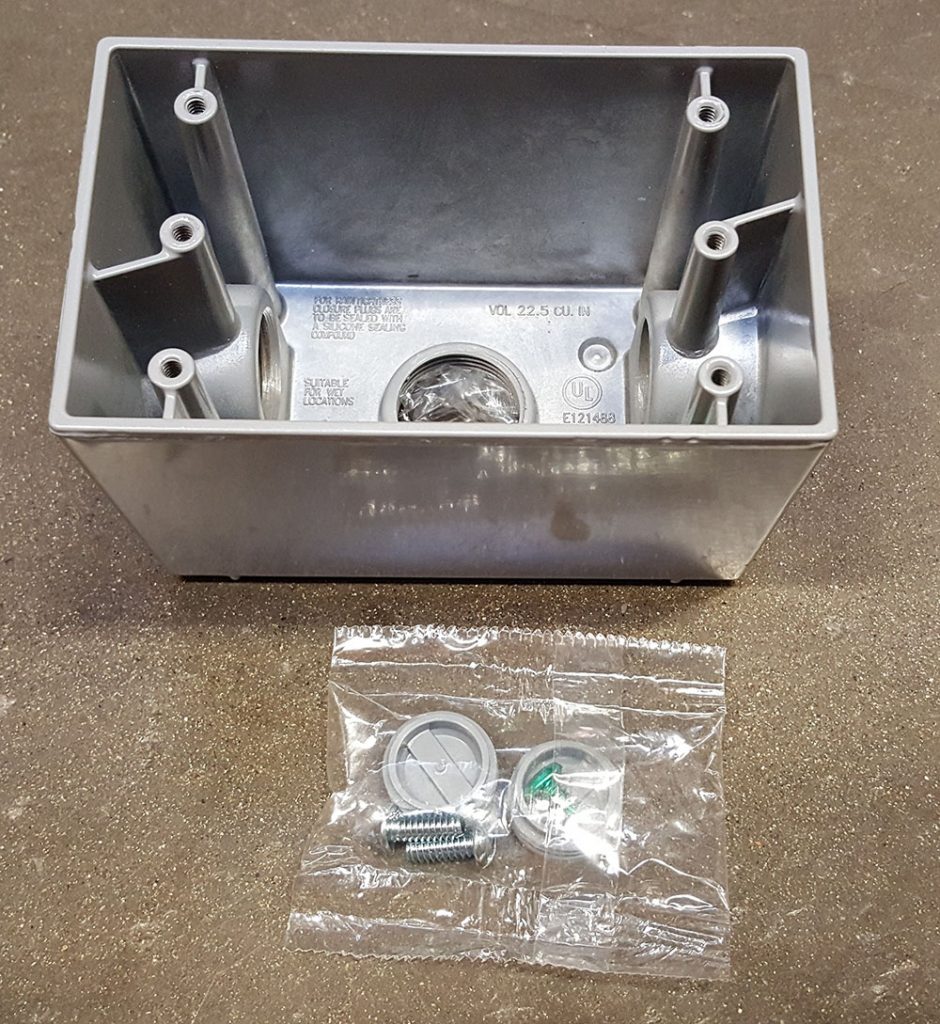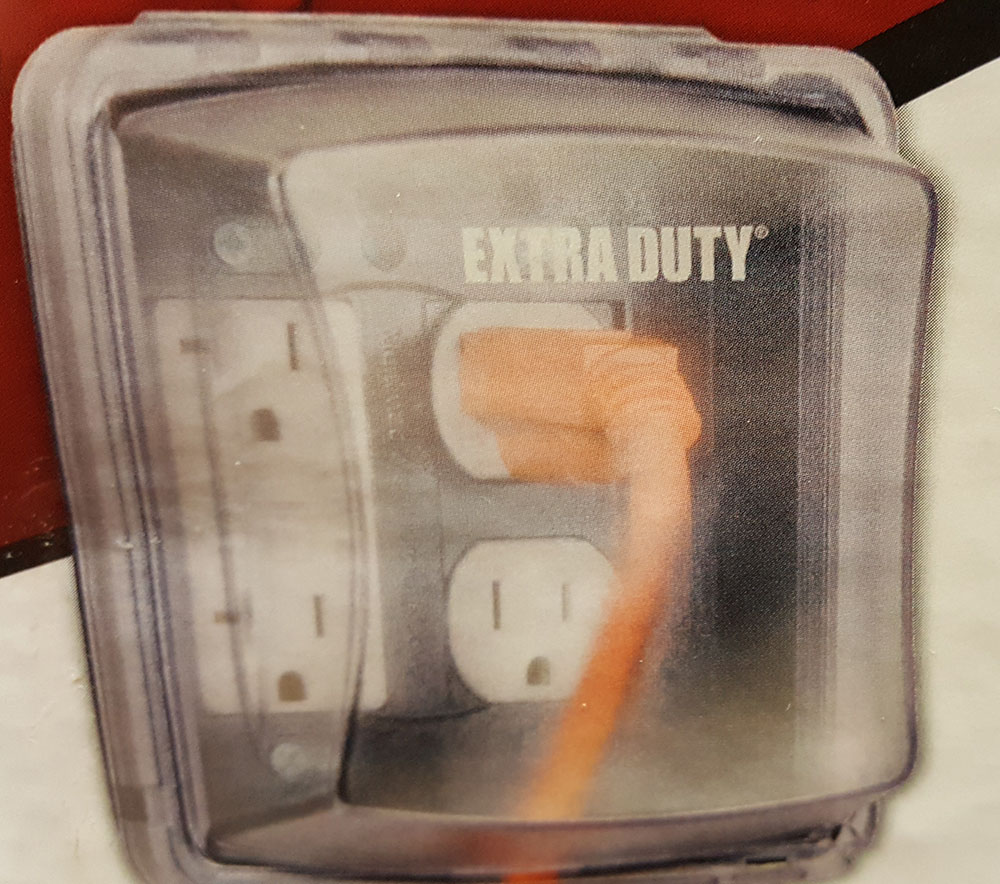5.7 Outdoor Wiring Considerations
Wiring for Outdoors
Outdoor electrical wiring in residential situations includes installing the wiring and equipment for lighting and power equipment located outside of the house. Wiring may be installed overhead or underground. Most underground receptacle and lighting circuits installed in residential wiring are done using Type UF (Underground Feeder) Cable. Type UF Cable must be physically marked as underground feeder cable and is available from 14 AWG through 4/0 AWG copper and from 12 AWG through 4/0 aluminum. Type UF can be used outdoors in direct exposure to the sun only if listed as being sunlight-resistant with a sunlight-resistant marking on the cable sheathing. It can be buried directly in the ground or installed according to the same rules as for Nonmetallic Sheathed Cable when used as an interior wiring method.
Any wiring installed in an underground conduit must have a ‘W’ in its insulation designation, such as “THWN” or “XHHW”. The ‘W’ means that the conductor insulation is suitable for installation in a wet location. Rigid PVC Conduit (PVC) is used for underground conduit installation with these wires. Minimum burial depths for both Type UF Cable and for any of the conduit wiring methods can be found in the NEC® code book.
Outdoor Receptacles
Receptacle outlets located outdoors must be installed in weatherproof enclosures. The electrical boxes are usually made of metal and are often called a “Bell Box”. They typically have threaded openings or hubs that allow attachment to the box with conduit or a cable connector. These boxes come from the factory with a few threaded plugs that are used to seal any unused threaded openings to make the box truly weatherproof. Outdoor boxes can be mounted on the surface of an outside wall or on some other structural support such as a wooden post rising from the ground. They are often installed with underground wiring and supported by conduits coming up out of the ground.

Bell Box by Clifford & Rosemary Rutherford is licensed under CC BY 4.0
When a receptacle is installed outdoors, the enclosure and cover combination must maintain its weatherproof characteristics whether a cord plug is inserted into the receptacle or not. This is accomplished by installing a self-closing cover that is deep enough to also cover the attached plug cap on a cord. PVC boxes can also be used for outdoor applications when secured with an approved weatherproof or weather resistant cover. The receptacle must be a listed and marked weather-resistant (WR) type.

Outdoor Receptacle Cover by Clifford & Rosemary Rutherford is licensed under CC BY 4.0
Outdoor Lighting
Outdoor lighting can be mounted on the side of building structures, on poles, or even on trees. According to codes, any luminaire (lighting fixture) installed outdoors and exposed to the weather must be listed as suitable for the location and have a label with a marking that states “Suitable for Wet Locations”. If a luminaire is to be installed under a canopy or under an open porch, it is considered a “damp” location and the fixture only needs a label that states “Suitable for Damp Locations.”
Although codes allow outdoor lighting fixtures to be mounted on trees, they also mandate that overhead conductor spans cannot be supported by trees or other living or dead vegetation. This means that when installing wiring to a tree-mounted lighting fixture, an underground wiring method must be used between each tree.
